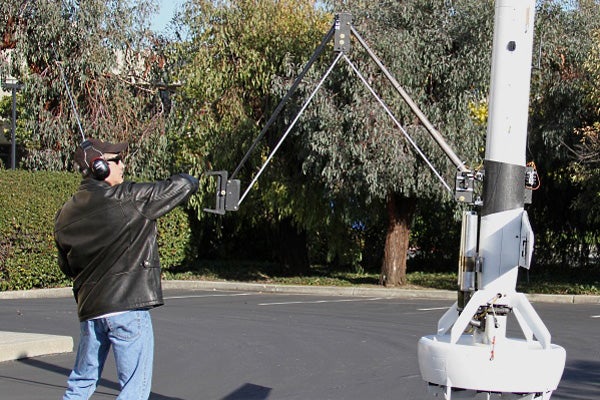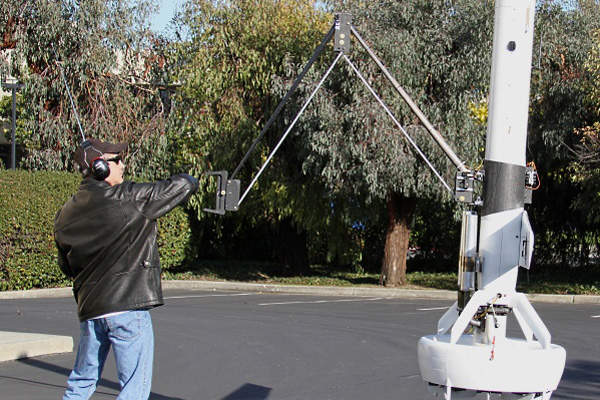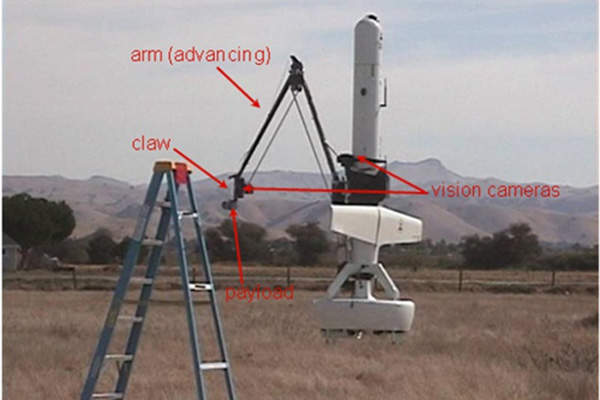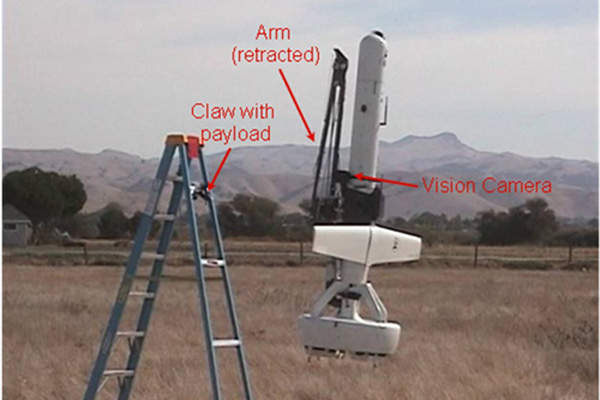
The V-Bat is a vertical take-off and landing (VTOL) unmanned aerial vehicle (UAV) designed and being developed by MLB Company, for the US Air Force (USAF). It is scheduled to enter production in 2015.
The UAV can be deployed in a wide range of missions such as force protection, aerial patrol, search and detection of targets, small unit surveillance, shipboard operation, aerial mapping, urban monitoring, autonomous delivery and placement of payloads, and agricultural and wildlife surveillance. It can also be used for other restricted launch and recovery applications.
V-Bat unmanned air vehicle development details
The V-Bat UAV was selected for the US Defense Advanced Research Projects Agency (DARPA) Precision Emplacement project in August 2010. The USAF awarded phase I contract for the development of the long endurance tail-sitter in September 2011. The DARPA Precision Emplacement project was completed in late September 2011.
T-20 is a medium range tactical unmanned aerial vehicle (UAV) system designed and manufactured in the US by Arcturus-UAV for the United States Armed Forces.
The 12lb battery-equipped V-Bat with a 1lb payload completed first flight in February 2012. The USAF awarded a Phase II Small Business Innovation Research (SBIR) contract to MLB, AAI Unmanned Aircraft Systems and Brigham Young University (BYU) for the V-Bat UAV in August 2012.
AAI is responsible to develop the system design for low-rate initial production, while BYU will provide control algorithms and assist flight trials.
V-Bat UAV design and features
The V-Bat VTOL aerial system design features fixed wings and slender fuselage. It incorporates a mechanically simple ducted fan lift system to provide control and lift for the UAV’s vertical flight with aerodynamic efficiency.
The UAV has autonomous vertical take-off and landing capabilities and can be launched and recovered in a 3m x 3m area. It offers better situational awareness in urban and confined areas.
The low-cost UAV is 2.7m long and has a maximum gross take-off weight of 60lb. It can carry a maximum payload of 8lb and has an electrical power generation capacity of 150W.
MLB’s flight control system supports fully autonomous VTOL operation and guidance of the UAV. The UAV is also fitted with a graphical user interface to provide mission plans.
Payloads and sensors onboard V-Bat UAV
The V-Bat VTOL UAV is equipped with Cloud Cap’s light-weight, versatile TASE 150/200/400 Gimbal payload system that provides increased performance and endurance. The payload is stabilised in two axes.
The payload system consists of global positioning system / inertial navigation system (GPS / INS) system. An image processing technique is used for target tracking and scene steering. It also consists of an advanced ViewPoint gimbal software to display video and command / control information. The payload can be optionally attached with a laser illuminator and a laser rangefinder.
The UAV is also fitted with Canon 1-D camera and Tetracam’s Mini-MCA (Multiple Camera Array) multispectral camera to capture high-resolution, real-time imagery and video. The UAV can be optionally fitted with custom payloads, additional sensors and long-range data links.
The vehicle is also equipped with LOS FM data link to transmit command, control and video information up to a range of 35mi.
V-Bat UAV propulsion and performance
The V-Bat VTOL UAV is powered by a 157cc, two-stroke engine, which generates an output power of 13hp. The engine uses Mogas 90 octane or higher 40:1 oil mix and has a fuel capacity of 20lb.
The UAV can fly at a maximum speed of 90kts and offers a range of 300mi. It can operate at an altitude of 15,000ft and in wind speeds up to 25kts. It can perform continuous operations for up to eight hours at a speed of 40kts.
The Global Unmanned Aerial Vehicles (UAV) Market 2011-2021
This project forms part of our recent analysis and forecasts of the global unmanned aerial vehicles market available from our business information platform Strategic Defence Intelligence. For more information click here or contact us: EMEA: +44 20 7936 6783; Americas: +1 415 439 4914; Asia Pacific: +61 2 9947 9709 or via email.






.gif)




